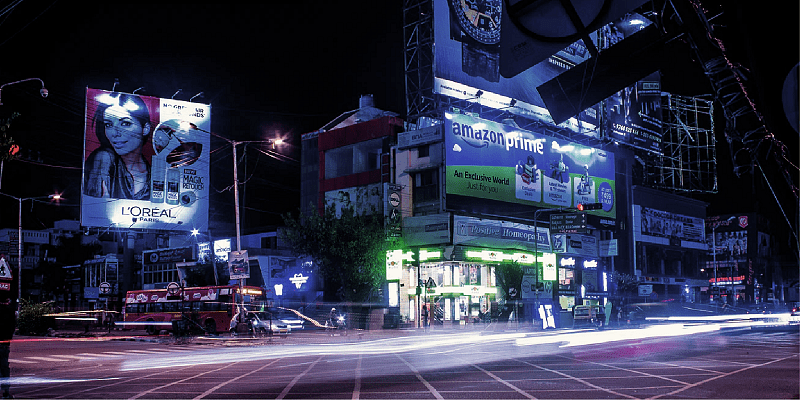Time and again, entrepreneurs based in Tier-II cities have proven that they are no less than their Tier-I peers. Over the years, we have seen the growth of players such as , , , , among others, from areas beyond India’s metros and Tier-I cities.
While national-level players continue addressing urban issues, Tier-II startups focus on local problems — issues the founders themselves have had to grapple with. Be it challenges across lower internet bandwidth, lack of resources, or lack of vernacular platforms, Tier-II startups today are building interesting business models and are also successfully attracting investor attention.
According to YourStory Research, the total funding raised by startups in Tier-II cities across India between January 2015 and August 2021 stood at $1.14 billion.
While this is just 1.42 percent of the total $79.96 billion funding raised by Indian startups during this period, Indian investors seem to have expanded their reach, investing in companies from around 70 Tier-II cities. In fact, 10 new Tier-II cities were added to the list in 2021 alone.
These include Thrissur (Kerala), Silvassa (Dadra and Nagar Haveli), Roorkee (Haridwar, Uttarakhand), Ranchi (Jharkhand), Panchkula (Haryana), Palakkad (Kerala), Mangalore (Karnataka), Ludhiana (Punjab), and Jabalpur (Madhya Pradesh), Raipur (Chattisgarh).
Interestingly, the deal count in these cities was one each. But, what is encouraging is the fact that investors are crossing boundaries and going deeper to look for promising startups, beyond just the metros and Tier-I cities.
Top Tier-II investors
YourStory Research data shows that Mumbai Angels is one of the most active investors. Here is a glimpse of the top investors in the Tier-II region.
The way forward
Over the years, we have seen small ticket investments pouring into leading Tier-II cities such as Jaipur, Indore, Chandigarh, Kochi, Goa, Vadodara, Bhubaneswar, Coimbatore, Lucknow, Patna, and Surat through the years and even amid the pandemic.
But investors’ entry into these cities endorses their acknowledgement of the local solutions built by these startups in smaller locations.
Padmaja Ruparel, Co-founder of Indian Angel Network and Founding Partner, IAN Fund, emphasised in an earlier conversation with Yourstory that Tier II and III cities are fertile grounds for innovative solutions to emerge from.
“The growing internet penetration has made it easier for building propositions and scaling ventures. With the pandemic and lockdown, remote working helped to access customers and talent from these cities, and create many more innovative startups — building from Tier-II cities, for the Tier-II city problems/needs,” she added.
Going forward, we expect this growth to continue further. One of the key factors acting as a growth catalyst is the reducing digital infrastructure gap between urban and Tier-II cities.
According to a February 2021 report by UBS Securities Asia, the COVID-19 pandemic has largely accelerated internet adoption in Tier-II cities.
“Indian Tier-II cities have the same level of digital adoption as Tier-I cities, whereas ASEAN countries have a 5-15 percent gap. This implies more operating leverage for Internet companies in India as they are 1-2 years into making investments in Tier-II areas,” states the report.
Also, one of the primary reasons for the growth of Tier-II cities is the increased availability of talent and the rise of the work-from-home culture due to the restrictions posed by the pandemic.
Most importantly, there has been a shift in mindset about big-city living. Eventually, as the mental fears of infrastructural challenges have all but vanished — robust internet and infrastructural connectivity paved the way to consider other factors beyond proximity.
(With inputs from Rajiv Bhuva and Naga Nagaraju)










